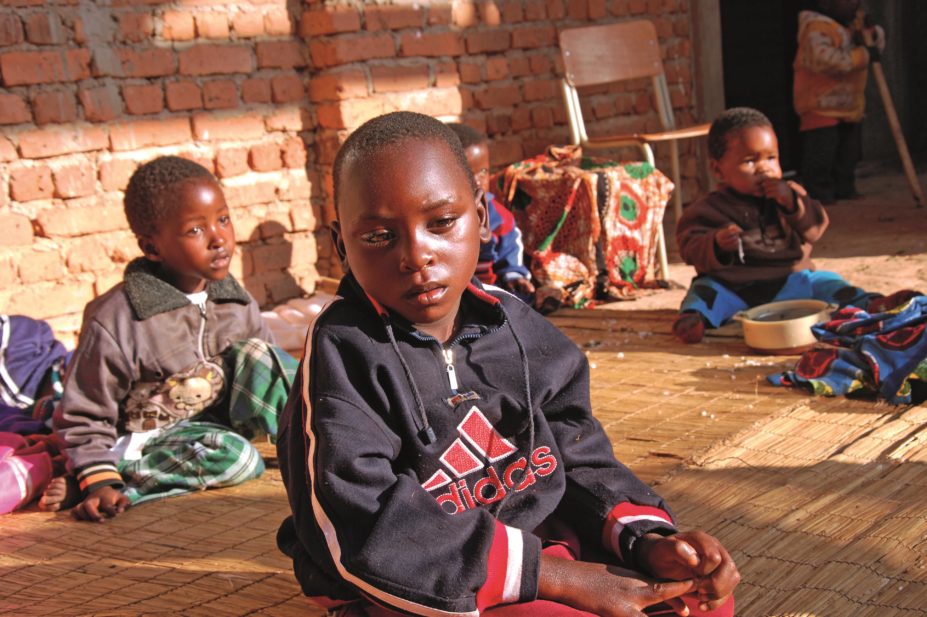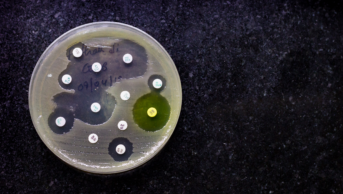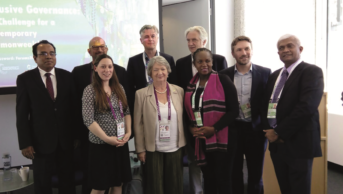
Franco Volpato / Shutterstock.com
Malaria mortality rates decreased by 47% worldwide between 2000 and 2013, and case incidence fell by 30%, a World Health Organization (WHO) report
[1]
says. In the endemic African region, the number of deaths fell by 54%.
The declines were largely caused by a massive scale-up in effective interventions, including access to artemisinin-based combination therapies (ACTs), according to the report.
In 2013, there were 198 million cases of malaria globally and an estimated 584,000 deaths, of which 90% occurred in Africa, the report reveals. Children aged under five years accounted for 78% of total deaths.
Around 392 million courses of ACTs were procured by endemic countries, compared with 11 million in 2005. The courses are increasingly being distributed by ministries of health, particularly in Africa, the report says.
According to estimates by WHO experts, current prices for artemether-lumefantrine (AL), produced by WHO-approved generic manufacturers, range from $US1.02 to $US1.62 for an adult dose and from $US0.28 to $US0.45 for an infant dose.
Similarly, artesunate plus amodiaquine combinations (AS+AQ) range from $US0.76 to $US1.00 for an adult dose and from $US0.24 to $US0.36 for an infant dose.
Other effective control interventions, WHO says, included access to accurate rapid diagnostic tests (RDTs), with volumes of 319 million in 2013 compared with 46 million in 2008; increased access to insecticide-treated mosquito nets (49% of the population at risk in Africa had access, up from 3% in 2004); and residual indoor spraying.
“The world is continuing to make impressive progress in reducing malaria cases and deaths,” says Margaret Chan, WHO director-general, in a foreword to the report.
“In 2013, we saw a major expansion in the use of diagnostic testing and the deployment of ACTs,” she says. “For the first time, more diagnostic tests were provided at public health facilities in Africa than ACTs distributed, indicating a shift away from presumptive treatment.”
Pedro Alonso, director of WHO’s global malaria programme, told reporters at a press briefing that there were “very few examples in global health” that have been able to achieve such dramatic results.
However, WHO renewed its concerns about resistance of Plasmodium falciparum to artemisinin, detected in five countries in south-east Asian nations: Cambodia, Laos, Myanmar, Thailand and Vietnam.
“Despite changes in parasite sensitivity to artemisinins in these countries, ACTs have generally remained clinically and parasitologically efficacious, provided the partner drug remains efficacious,” the report notes.
Finally, the report outlines that there has been a decline in the number of countries that still allow marketing of oral artemisinin-based monotherapy medicines.
“The use of such therapies threatens the long-term usefulness of ACTs because it fosters the spread of resistance to artemisinin,” the report says. “WHO recommends that oral artemisinin-based monotherapies be withdrawn from the market and that marketing of such therapies should cease.”
As of December 2014, artemisinin-based monotherapies, the report outlines, were still allowed in eight countries; Angola, Cape Verde, Colombia, Equatorial Guinea, Gambia, Sao Tome and Principe, Somalia, and Swaziland. Meanwhile, 24 pharmaceutical companies, half of which are located in India, continue to market oral artemisinin monotherapies, WHO says.


